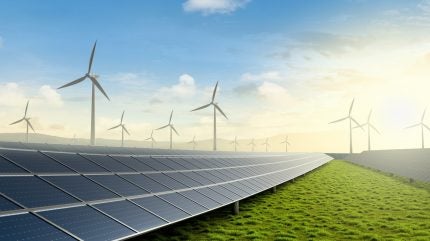
Global electricity demand is anticipated to increase 4% each year up to 2027, according to a report by the International Energy Agency (IEA).
The growth, equivalent to more than Japan’s total consumption, is expected to be offset by the expansion of low-emissions energy sources, including renewables and nuclear power.
85% of this global demand growth is forecast to come from emerging and developing economies.
China will lead with an average 6% growth rate year-on-year until 2027. The country’s power demand has outpaced its economic growth since 2020, driven by its industrial sector.
The rapid expansion of electricity-intensive manufacturing of solar panels, batteries, electric vehicles and associated materials is the driver of the rising demand.
Additional contributors include air conditioning, data centres and 5G networks.
Data centres in China consumed an estimated 100 terawatt hours of electricity in 2024.
Lead author of the report Eren Cam was quoted by Reuters: “The (data centre) sector in various regions has been very substantial in electricity consumption. However, on a global scale, it’s still quite limited.
“Around 1% of global electricity consumption only comes from data centres as of now, and while growth is expected, it’s occurring in different regions at different paces.”
The IEA plans to release a report on data centres in 2025.
IEA director of energy markets and security Keisuke Sadamori stated: “The acceleration of global electricity demand highlights the significant changes taking place in energy systems around the world and the approach of a new “age of electricity”. But it also presents evolving challenges for governments in ensuring secure, affordable and sustainable electricity supply.
“While emerging and developing economies are set to drive the large majority of the growth in global electricity demand in the coming years, consumption is also expected to increase in many advanced economies after a period of relative stagnation.”
India is expected to contribute 10% to the global demand increase, driven by robust economic activity and rising air conditioning usage.
Meanwhile, the EU’s demand expectations have been revised down from the IEA’s July forecast, with a predicted growth of 1.6% in 2025 due to a weaker macroeconomic outlook.
Low-emissions energy sources are expected to align with global demand growth trends, gradually replacing coal’s share in the power mix.
Solar power is projected to become the second-largest low-emissions source globally by 2027, following hydropower.
Renewables are expected to exceed coal-fired generation by 2025, with coal’s share dropping below 33% for the first time in a century.



